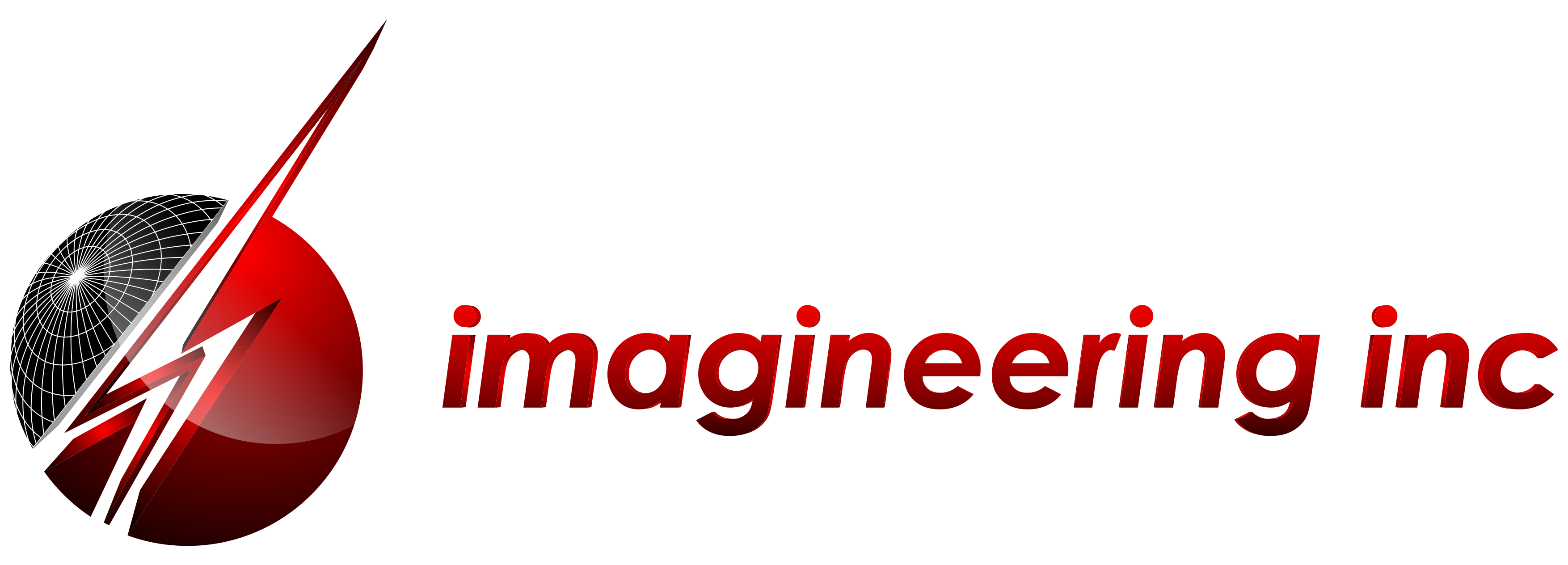Although surface mount technology was invented in the 1960s, its popularity didn’t take off until the late 1990s. Today, SMT dominates the world of high-automation fabrication, and is used in everything from cell phones to rocket ships.
What is Surface Mount Technology?
Surface mount technology is a method of applying components to printed circuit boards. Boards are fabricated with solder pads – areas that outline where components are to be attached to a board. Solder paste, which essentially functions as the glue that fuses components to a board, are applied to the boards with a stencil. Pick-and-place machines then automatically place the components on the board per the specifications. The board is then conveyed into a reflow soldering oven, fusing the component and the board together.
Surface mount technology is an alternative to the older through-hole technique of electronics assembly. It consisted of drilling a hole through the board, and using solder to fill the hole and attach components to the board. This creates a stronger bond than SMT methods, but is heavier, more expensive to produce, and takes up more surface area.
While through-hole mounting may be a thing of the past, through holes are still used today to transmit signals from one layer of a board to another, now referred to as plated-through holes. However, with the push towards miniaturization, these holes are now made significantly smaller, and are known as microvias.
What Are the Advantages of Surface Mount Technology?
The best printed circuit board manufacturing acknowledges the fact that real estate is limited on a PCB. Every millimeter matters, and even a sliver of wasted space can make a project less effective and more expensive. Surface mount technology takes up less space and is lighter than through-hole mounting, making it a highly desirable form of component application.
The benefits do not end there. SMT methods lend themselves much better to quick manufacturing and assembly, meaning that the cost of producing boards is lower and is done at much faster speeds than alternative methods of application. The drilling required for through-hole mounting made assembly more expensive, and had the potential to create debris that could cause issues with signals. Additionally, SMT methods boast lower induction and resistance.
With so many advantages to using surface mount technology, why wouldn’t you want to use it? As it turns out, in several instances alternatives work better.
When Not to Use Surface Mount Technology
Surface mount technology works best in settings where printed circuit boards need to be produced rapidly and consistently. As a result, manual fabrication does not lend itself well to this kind of PCB manufacturing. For many manufacturers, this is irrelevant, as quick turn manufacturing is more cost effective and cheaper than manual construction.
However, there is a case for manual assembly: prototyping. During this phase, PCB designers are working to settle on what will be mass-produced, and are continuing to tinker with various aspects of the design.
Because SMT methods fuse components to the board, it makes replacing failed components more difficult. For boards that may require long-term use beyond the lifecycle of individual components, this can make SMT undesirable. High-heat applications can sometimes loosen the component’s attachment with a printed circuit board. Finally, mechanical stress takes more of a toll on SMT than other methodologies.
Still, despite these setbacks, the advantages of surface mount technology compared to the setbacks make it the most used method of component application today. Consider a smartphone. Although expensive, consumers are more likely to purchase a new phone rather than go to a store to repair it. As printed circuit boards grow less expensive with each passing year, it has become easier for many to replace rather than fix.
Taking Advantage of Surface Mount Technology
Fabricating and manufacturing printed circuit boards has grown less expensive and more lucrative thanks to manufacturers who can quickly produce and distribute PCBs. Thanks to these, we are able to work from home and access information from anywhere in the world.
Are you looking for a printed circuit board manufacturer that you can count on? At Imagineering, we provide best-in-class printed circuit board printing and manufacturing that goes through the wringer before shipment. We build military-grade PCBs that can operate in the harshest conditions and are relied upon by devices used in the medical field. If you’re struggling with printed circuit board manufacturers who don’t not deliver the desired quality, contact us today for more information about our services.

